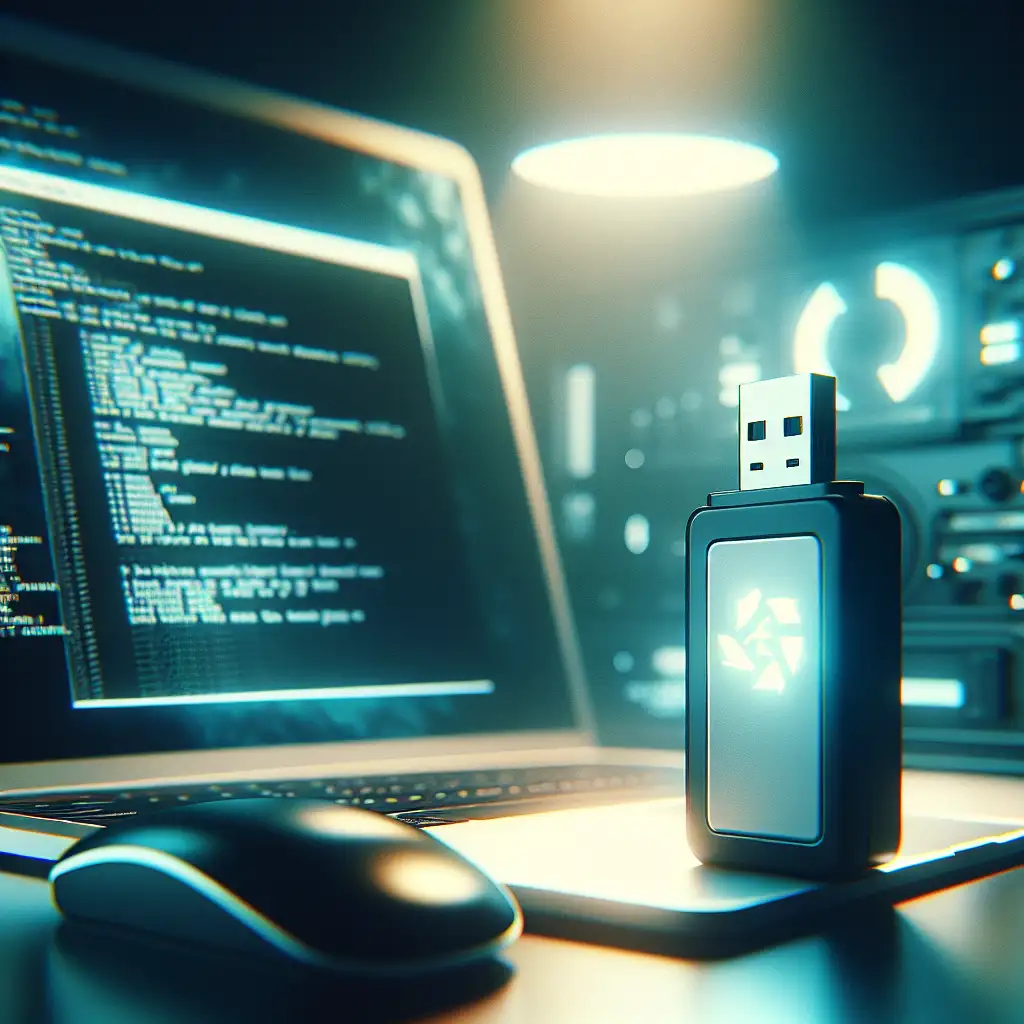Step-by-Step Guide to Installing Linux on a PC: From Bootable Media to Dual Boot Setup
Forget the myth that Linux installation is complex and risky. This guide breaks down each step clearly, showing how even users accustomed to Windows or macOS can confidently set up Linux, including dual booting without losing existing data.
Installing Linux on your PC is an empowering move. Not only does it give you full control over your computing environment, but it also improves security, boosts performance—especially on older machines—and lets you tap into the vast world of open-source software. Whether you want a fresh start or want to run Linux alongside Windows or macOS, this practical guide will walk you through every step of the process.
Why Install Linux?
- Full control: Customize everything from your desktop environment to core system components.
- Better security: Less targeted by malware and better privacy tools.
- Reviving old hardware: Lightweight distros can make outdated PCs run like new.
- Open-source freedom: Access thousands of free apps and tools.
Step 1: Choose Your Linux Distribution
There are hundreds of Linux distributions (distros), each tailored for different needs.
- Ubuntu: Beginner-friendly with strong community support.
- Linux Mint: Great for users transitioning from Windows due to its familiar interface.
- Fedora: Cutting-edge software and features.
- Debian: Stable and reliable; ideal for servers and advanced users.
- Elementary OS: Sleek, macOS-like experience.
For this tutorial, we’ll use Ubuntu as it balances ease-of-use with flexibility.
Step 2: Prepare Bootable Installation Media
You’ll need a USB flash drive (at least 4GB) to create a bootable installer.
How to create a bootable USB:
-
Download ISO
Visit Ubuntu's official website and download the latest Desktop ISO file. -
Download Rufus (Windows) or balenaEtcher (Windows/macOS/Linux):
- Rufus: https://rufus.ie/
- balenaEtcher: https://www.balena.io/etcher/
-
Create Bootable USB:
- Plug in your USB drive.
- Open Rufus or Etcher.
- Select the downloaded ISO file.
- Choose your USB drive as the target device.
- Click ‘Start’ and wait for the process to complete.
Note: This process will erase all data on the USB drive; make sure to back up any important files.
Step 3: Backup Your Data (Important!)
Before moving forward, always back up your important files from your current system, especially when planning a dual boot setup. This way, you’re covered against unexpected errors.
Step 4: Boot From USB Drive
- Insert the USB installation media into your PC.
- Restart your computer.
- Enter BIOS/UEFI setup or boot menu (usually by pressing keys like F12, F2, DEL, ESC during startup—check your PC’s manual).
- Select your USB drive as the boot device.
- The system should load into the Ubuntu live environment.
Step 5: Try Ubuntu Without Installing
For peace of mind, Ubuntu allows you to “Try Ubuntu” without changing anything on your PC:
- Click “Try Ubuntu” at boot to explore the OS.
- Browse files, test hardware compatibility like Wi-Fi and keyboard/mouse input.
- Once satisfied, launch the “Install Ubuntu” icon on the desktop.
Step 6: Installation Setup — Key Options
Select language and keyboard layout
Choose your preferred language and keyboard setting.
Preparing Installation Types:
Here you'll see options:
- Erase disk and install Ubuntu – Wipes everything; use only if you want Linux as your sole OS.
- Install Ubuntu alongside Windows – Recommended for dual boot setups; automatically sets up partitions safely without erasing existing data.
- Something else – Manual partitioning; recommended for advanced users wanting full control.
For this guide, select “Install Ubuntu alongside Windows” if available — this simplifies dual boot setup without data loss.
Step 7: Allocate Disk Space for Linux
You’ll see a slider letting you choose how much disk space to allocate for Linux vs Windows—decide how big you want your Linux partition to be:
- Minimum recommendation: 25 GB
- More space if you plan to store lots of files or install many apps
Click “Install Now” when ready — changes will be written safely without affecting Windows files.
Step 8: Set Up Timezone and User Credentials
Select:
- Your timezone (for accurate clock/time)
- Create username and password for login
- Choose whether login requires password or not (recommended for security)
Step 9: Installation Progress & Reboot
The installer copies files in the background—you can grab a coffee! When done:
- You’ll be prompted to restart.
- Remove USB media when instructed.
- Upon rebooting, you'll get a boot menu (called GRUB) letting you choose either Ubuntu or Windows at startup — select whichever OS you want to use each time you turn on your PC!
Bonus Tips for Dual Boot Users:
-
Fixing Boot Issues:
If Windows doesn’t show in GRUB menu after install:- Boot into Linux
- Open Terminal (
Ctrl + Alt + T) - Run
sudo update-grub - Reboot again; Windows should appear now
-
Accessing Files Across Systems:
Ubuntu can read NTFS partitions (Windows drive), so you can access files saved in Windows directly from Ubuntu without rebooting. -
Switching Default OS in GRUB:
Edit/etc/default/grubfile using:
sudo nano /etc/default/grub
Change line:
GRUB_DEFAULT=0
to desired menu index number (starting at zero), save changes (Ctrl + O, Enter), then run:
sudo update-grub
to apply changes.
Final Thoughts
Installing Linux may seem intimidating at first glance but following these steps ensures a smooth experience—even for those used solely to Windows or macOS environments! Dual booting means no need to give up existing systems; just pick either OS at startup depending on task requirements.
By mastering this process, technical professionals unlock access to powerful open-source tools while empowering themselves with unparalleled flexibility and privacy control over their computing environment.
Give it a try—you may find that Linux becomes not just an alternative but your daily driver!
Have questions or want help troubleshooting? Drop them in comments below—I’m here to help!
